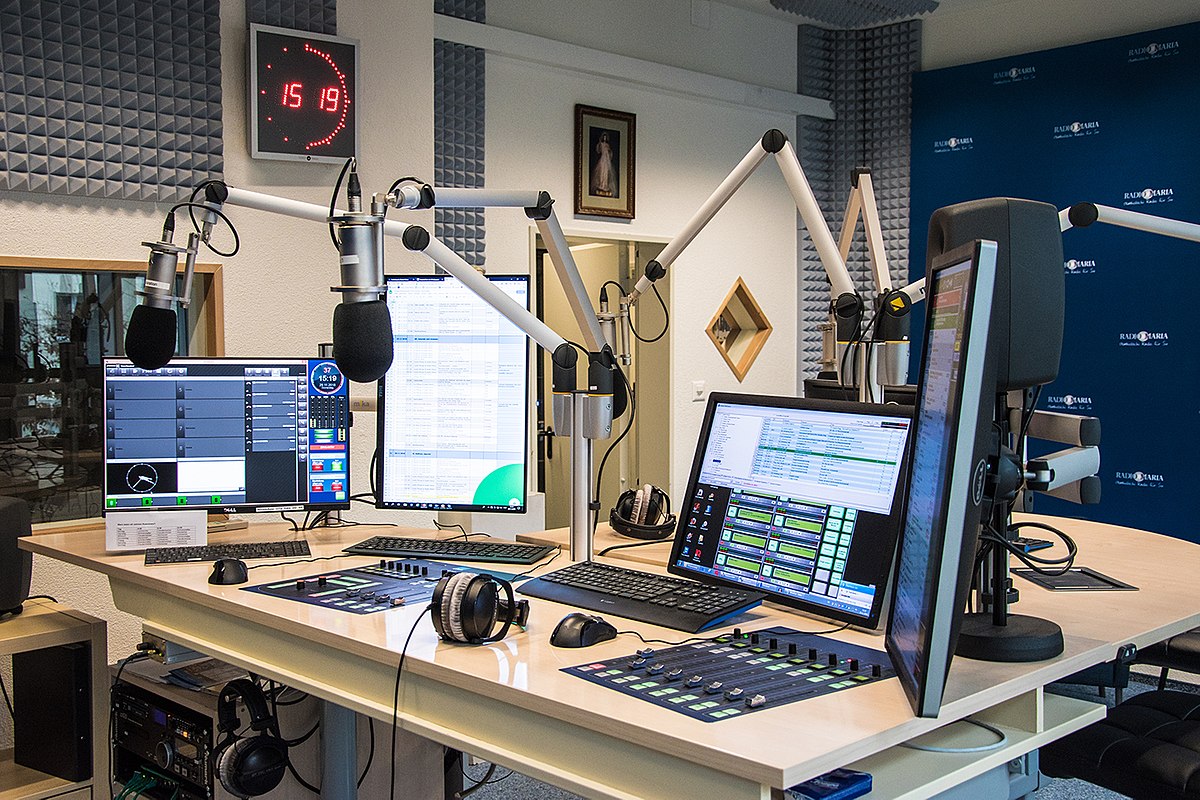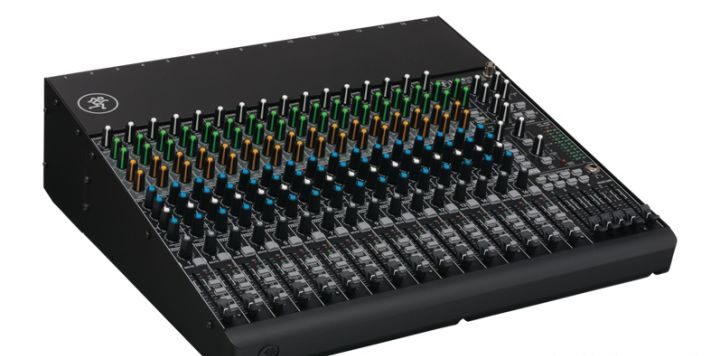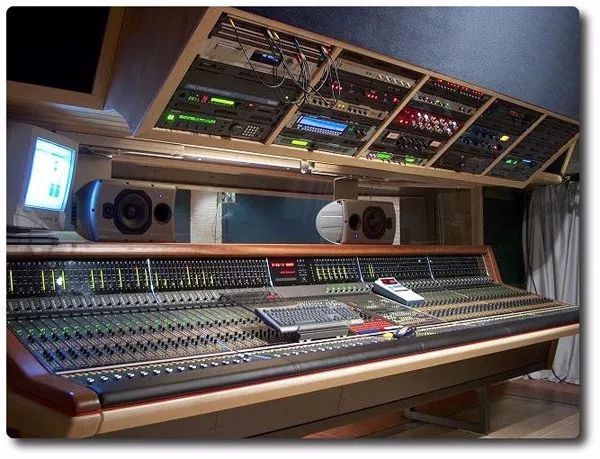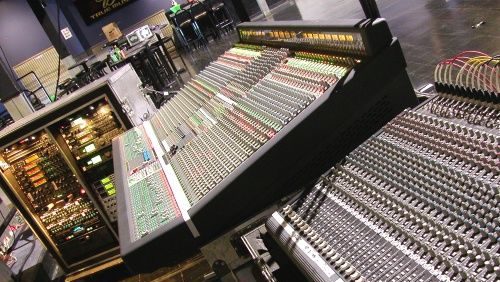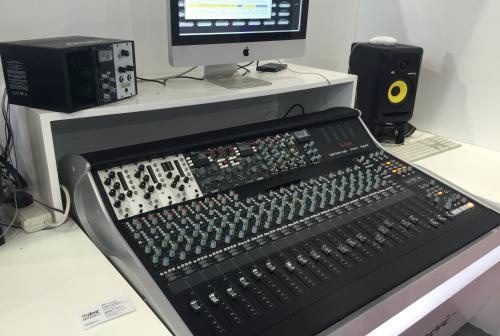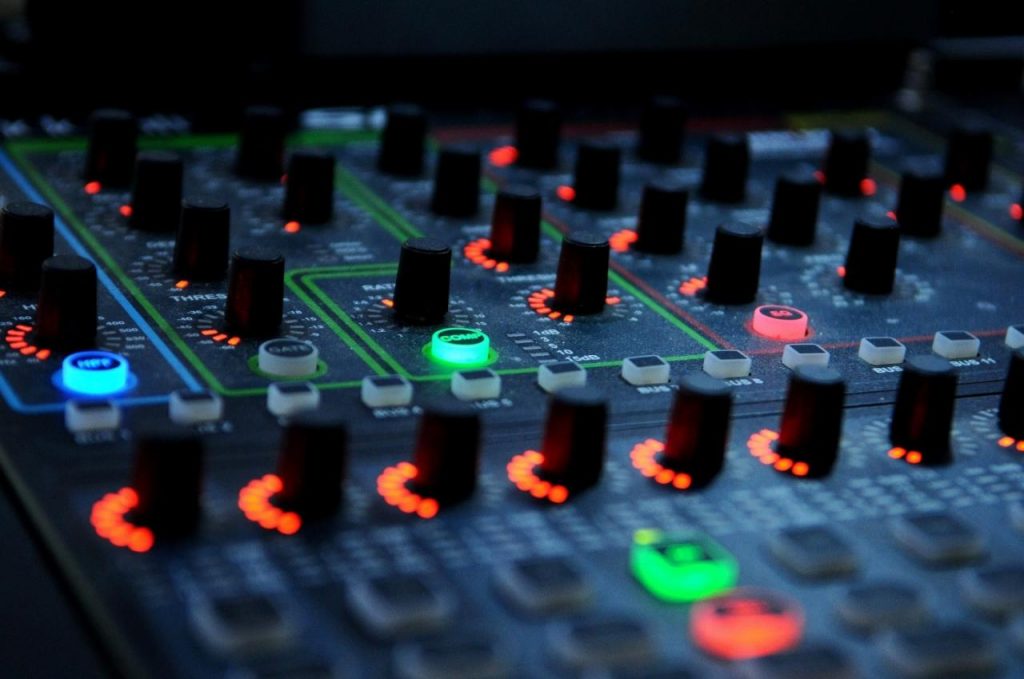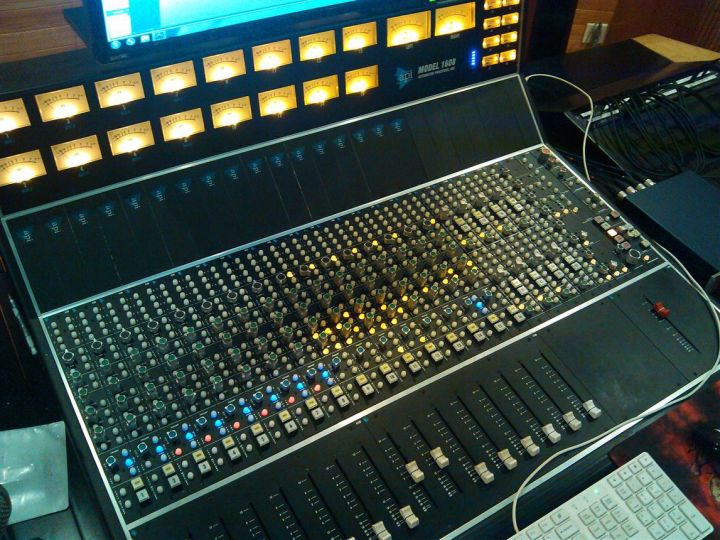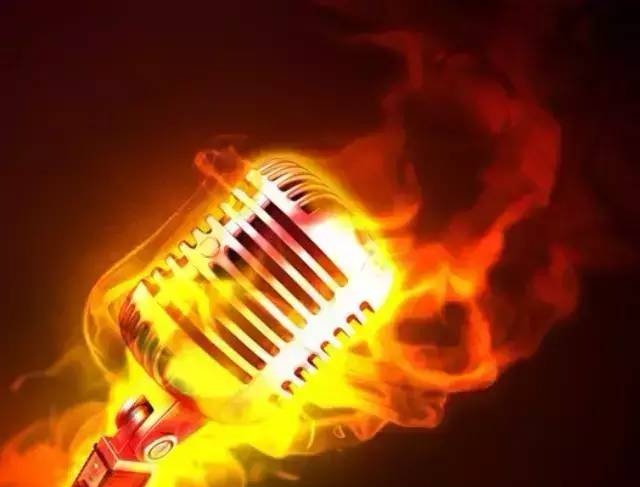Friends often ask me questions about the recording process. My friends asked very casually, but I was a little embarrassed about how to explain it. In fact, recording is not so simple – as long as you have inspiration, confidence, perseverance, motivation, and will to complete, in addition to the right brain intuition playing an important role in the arrangement of original audio text or audio layout, It also requires a lot of logical work of the left brain, such as the selection and skilled use of hardware and software at the technical level in the early stage, post-editing and synthesis, and reviewing over and over again.
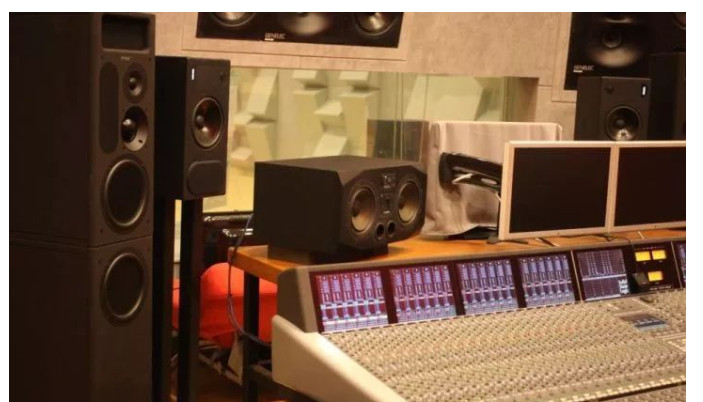
In addition to the steps mentioned above, there are many steps, such as: selecting background music as needed, placing vocal positions, selecting vocal effects, adding sampled color effects, adjusting and splicing music fluctuations, simulating 3D field effects, and again Totally adjust the volume fluctuations, listen to the test repeatedly, fine-tune after the test, PS design of the title map of the relevant introduction article, article layout, original editing of the article published…
For the text arrangement of introductory articles, it may be sorted, added, and enriched a little bit as early as half a month ago, and sometimes it is even necessary to pre-arrange and set the details of the article several months in advance, so as to avoid the problems caused by inaccurate text. Unnecessary misunderstandings and delays.
Beginning in 2016, the production process of my audio recording has become more and more sophisticated and complicated, and I try to avoid the physical and energy level interference caused by omissions in my work.
- Pyle Pro 2-Channel Audio Mixer / USB Recording Interface with BluetoothBubble sound: When recording, because there is saliva in the mouth, a very small popping sound will be recorded, just like the sound when a bubble bursts. This sound will sometimes interfere with the listener in an extremely quiet listening state; Solution: Use software to amplify and then amplify each audio segment that produces bubble noise, identify the small sonic boom that generates noise with the naked eye, and then reduce the noise by software. The project is huge and extremely time-consuming and labor-intensive.
- The first word frightened: Sometimes after a command, a certain period of time will be given to visualize or wait for the body’s response. After this period of time, the listener may enter a very quiet state. If the next command suddenly appears, it will cause a certain shock to the listener and affect it. The effect of listening to the audio; Solution: Through a lot of self-audit listening, first find these scary places, mark them, and then use the software to manually reduce the volume locally, which is a lot of work and time-consuming.
- Background noise of voice material: No matter how quiet the environment is, when recording under a professional condenser microphone, ambient noise will be recorded, including computer operation, clock hands, current transmission, breathing, body organ operation, low-frequency engine sound from the car outside the window, etc. Sound insulation and sound absorption measures, but these sounds will still be collected into the audio in the form of very, very small vibrations, similar to the existence of a small hiss, which we call background noise, ambient noise or noise floor. Because each audio block is divided for editing during recording (blank experience waiting area, all background noise is cleanly deleted), thus minimizing the background noise, but the ambient noise of the recorded vocal material cannot be eliminated, making each sentence The beginning and the end of the words will have a clearly audible trace. At this time, the beginning and end of each sentence should be technically faded out, so that it is difficult for the human ear to distinguish the traces of the noise floor. Solution: Manually adjust one segment by segment through the software. A lot of work and time consuming.
- Unbalanced volume: During the recording process, the distance between the human mouth and the condenser microphone cannot be exactly the same, and the recorder’s emotional changes according to the recorded text, and the vocal recorder has a certain speaking habit, so that the recorded person The volume of sound cannot be quantified uniformly. This volume gap sometimes reaches 2 to 5 recording software volume units. Such a situation will cause the listener to just adjust the volume of the player and get used to the volume, and then either the volume will be attenuated and it will be difficult to hear, or the volume will become louder and noisy to the ears, which will greatly reduce the listening experience. Solution: Use the software, listen word by word, and control the volume as uniformly as possible within a certain range. The amount of engineering is extremely huge, and it is very time-consuming and labor-intensive.
- Tooth sound and breath sound punching the ear: When recording, there will be sibilance and breath sounds, which can be very harsh when meditating, so you have to reduce its volume to slow its impact. Solution: Use the software to manually lower the volume one by one, which is labor-intensive and time-consuming.
